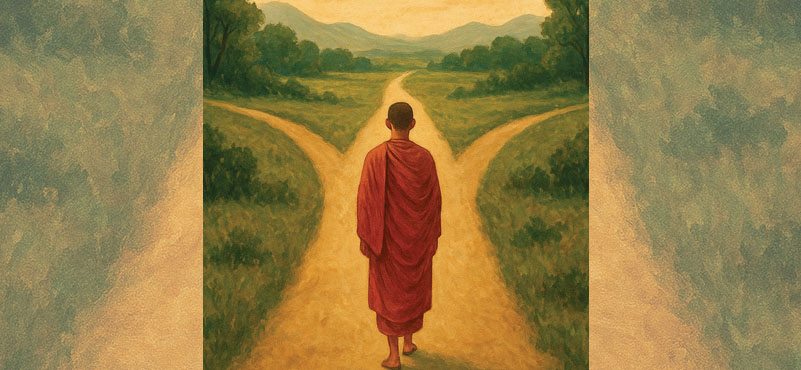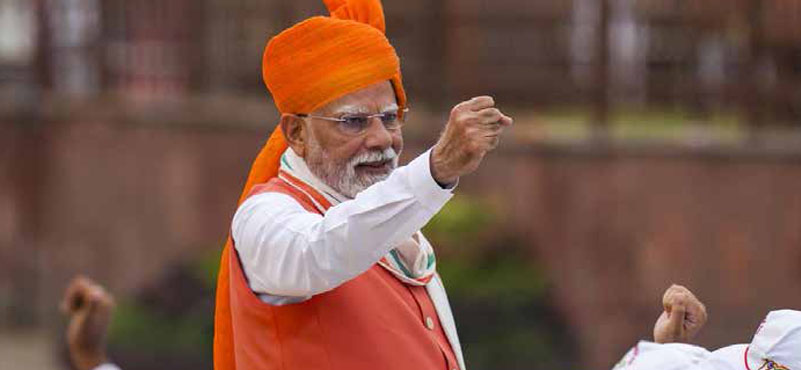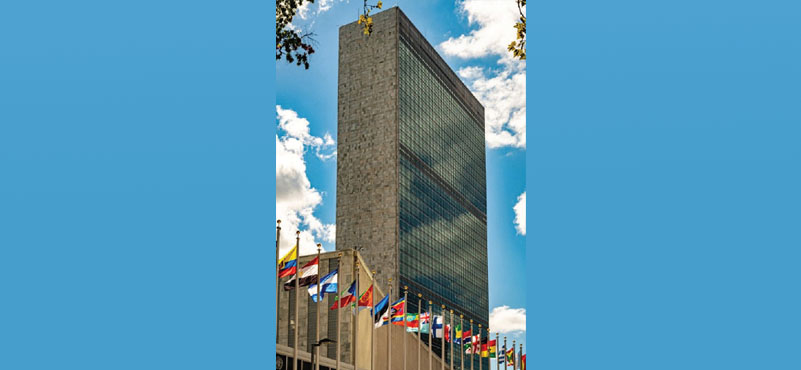Is everything in just black or in white. Nothing in between? That is a timeless question — and one that cuts deep. Most of what really matters — truth, motives, human behaviour, politics, even art — lies in the grey areas, where perspectives overlap, values clash, and contradictions coexist. The black-and-white view feels comforting because it offers certainty: right/wrong, friend/enemy, success/failure. But the world usually demands nuance — the patience to sit with complexity and ambiguity. Even in day-to-day parlance, on subjects where nothing ‘big’ is at stake, differences in opinion or understanding are often seen through, with arguments, often to a bitter end.
Whether in friendly conversations, or in national debates, have we already pre-decided our opinions and positions, even when the questions have yet to be posed? Are we already so self-opinionated, that whatever be alternate suggestions, these must get summarily dismissed? That where we belong, or where we come from, party or family or profession, or even caste or community, our statements are already decided and can be considered delivered, before they are said? Which might well make one ask, is there an opportunity or a small window, to hold a meaningful debate?
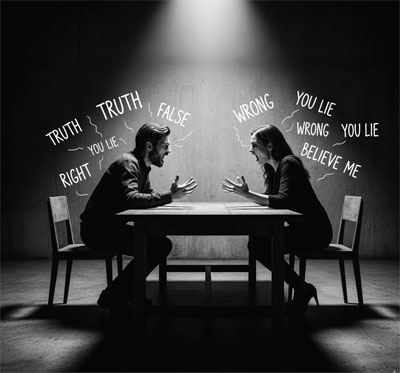 The irony is always, that those on the fence, are better positioned. These are with an open mind, mercifully not a small minority but who cannot always help, as they still are a minority. Globally, while there is MAGA, there is the rise of The Kings; all over Europe, the fight is between a rabidly growing Right, fighting against perceived blow to their lives from imposed immigration and the like. What about those in-between, who see good and bad in both arguments that get only bitter over time? Will extremism, of whatever kind, provide the answers, as the Middle Path, the possible best path, which has taken note of both black and white and dwells in the warmth of greys? Will the latter give us the elbow room to make well-considered right choices, when all else from both extremes will promise only ongoing acrimony?
The irony is always, that those on the fence, are better positioned. These are with an open mind, mercifully not a small minority but who cannot always help, as they still are a minority. Globally, while there is MAGA, there is the rise of The Kings; all over Europe, the fight is between a rabidly growing Right, fighting against perceived blow to their lives from imposed immigration and the like. What about those in-between, who see good and bad in both arguments that get only bitter over time? Will extremism, of whatever kind, provide the answers, as the Middle Path, the possible best path, which has taken note of both black and white and dwells in the warmth of greys? Will the latter give us the elbow room to make well-considered right choices, when all else from both extremes will promise only ongoing acrimony?
A black-and-white attitude — seeing things as only right or wrong, good or bad — can create a number of subtle but serious problems, both personally and professionally. At a personal level, these can lead to individual isolation, seclusion and depression. These can lead in national life towards a host of issues.
Poor Decision-Making: When you see only two options, you miss the creative middle ground — the compromises or hybrid solutions that often work best. Complex problems usually need nuanced approaches, not absolutes.
Conflict and Relationship Strain: One sided thinking can make you seem judgmental or dismissive. People who think differently may feel unheard or attacked, leading to friction in teams, friendships, or families.
Stunted Personal Growth: If you label mistakes as “failure” instead of “learning,” you will avoid risk and experimentation. Growth requires the tolerance of ambiguity — of being “in between” success and failure.
Emotional Extremes: Seeing things in absolutes tends to cause emotional swings: total elation when things go right, and deep frustration or guilt when they don’t. The middle ground brings emotional steadiness.
Polarized Thinking in Society: On a broader level, black-and-white attitudes fuel polarization — in politics, religion, ideology. It kills dialogue and cooperation, replacing understanding with moral certainty.
Loss of Empathy: If you divide people into “good” and “bad,” it’s harder to see what pressures, fears, or experiences shaped their choices. Empathy lives in the grey zone — in the willingness to understand, not just to judge.
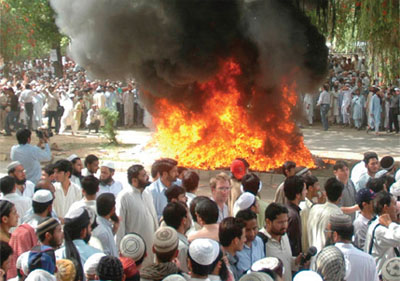 When black-and-white thinking takes hold, it becomes not just a personal limitation, but a collective risk. Possibilities abound. Families can get divided, communities can get divided, nations can get fragmented.
When black-and-white thinking takes hold, it becomes not just a personal limitation, but a collective risk. Possibilities abound. Families can get divided, communities can get divided, nations can get fragmented.
Polarization and Division: When a nation’s discourse is dominated by one side’s thinking, it often splits into groups, the “us” and the “them.” Nuance is seen as betrayal, and middle ground becomes invisible, or as a recluse of the ‘weak’. Over time, this erodes social trust — people stop listening, and start shouting.
Decline of Dialogue: A healthy democracy depends on debate, dissent, and deliberation. If only one view is considered “legitimate,” then alternative voices are looked down upon. This leads to echo chambers, where people only hear what confirms their beliefs.
Policy Blindness: When family patriarchs or national leaders, in the role as decision-makers view the family, society or the world in binaries — friend/enemy, success/failure — they ignore the complexity of real issues. Policies may look strong in rhetoric but fail in practice because they don’t account for grey areas like inequality, diversity, or unintended consequences.
Suppression of Creativity and Thought: Writers, journalists, artists, and academics thrive in ambiguity — that’s where new ideas come from. When only one narrative dominates, people begin to self-censor. Society loses its intellectual oxygen — the ability to imagine alternatives.
Long-Term Instability: When dissent is suppressed, tensions don’t disappear — they go underground. Over time, the imbalance has the possibility to create backlash, resistance, and social unrest. Stable nations are not those with one voice, but those that can hold many voices in conversation. At the heart of it, a nation’s strength lies not in everyone thinking alike, but in its capacity to contain contradictions without breaking — to debate fiercely, yet still belong to the same story. The aim must be common, towards nation building in unity amidst diversity.
In the immediate term, we see across our country, whether it is the party in power or that in the opposition, the tendency is to label actions as either black or white – both then tend to create further rifts, into camps that become either for or against, what we get is increased polarization which tends to intensify rapidly, and it does harm both polity and society in several interlinked ways. This debate spills into societal issues like pollution in the city, whether seed clouding will produce results, the problem of security on the road. Every issue and concern become a subject of heated debates, when it remains unchecked. This a common refrain even at evening get together of friends. A different or divergent view is seen as hostility, an unfriendly type classification. Therefore, no surprise, many a subject is often seen as taboo – not just politics, but also cricket, but also road rage and dog menace (there are passionate dog lovers and some not at all).
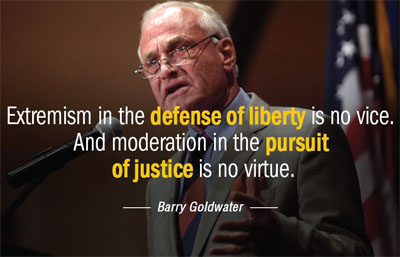 Political Polarization Becomes Personal: Differences of opinion stop being about ideas and become about identity — “If you disagree with me, you’re against me.” Once that happens, political competition turns tribal. It’s no longer about policies or performance but about loyalty and belonging. This makes compromise — the essence of democracy — seem like weakness.
Political Polarization Becomes Personal: Differences of opinion stop being about ideas and become about identity — “If you disagree with me, you’re against me.” Once that happens, political competition turns tribal. It’s no longer about policies or performance but about loyalty and belonging. This makes compromise — the essence of democracy — seem like weakness.
Institutions Lose Neutrality in public discourse: When it is only black or white, all you get is a single narrative prevails, institutions (media, bureaucracy, judiciary, academia) come under pressure to conform. People begin to see them as partisan rather than impartial, which erodes trust in governance. Without trusted institutions, even good policy decisions are doubted or resisted. This may not always be the case, but a ready and instant interpretation is easier than thinking through a fresh problem.
Public Discourse Coarsens: Social media influencers, the so-called free press, and television amplify extremes because outrage draws attention. Moderate voices — the ones seeking balance — get drowned out. Soon, shouting replaces listening, and anger becomes a form of political expression. This is often seen on TV debates especially on select channels.
Policy Confusions: Governments come under pressure, to avoid blatant and predictable opposition, often tend to skirt going into long explanations, sharing a white paper, as you might say, and short circuit decisions – seen by the opposition as attempts to secure symbolic victories (“crush the opposition,” “teach a lesson”) instead of long-term structural reforms. This weakens governance and stalls economic and social progress.

Erosion of Social Cohesion Families, workplaces, and communities become divided along ideological lines. People self-segregate — online and offline — into echo chambers. The social fabric frays, and even everyday trust between citizens diminishes.
That balance in protesting or going with the flow, where Shades of grey, not everyone is always right. Neither wrong? What do we get?
How do we live — and act — in the grey? Not blindly following, not endlessly opposing, but staying awake, discerning, and constructive in a world that demands “for or against” at every turn.
 The Wisdom of the Grey Zone Black-and-white thinking feels safe — it offers certainty. But life, politics, family lives and ethics all happen in the grey, where truth mixes with context, and motives are complex. That’s where maturity lives — not in the comfort of clarity, but in the courage to hold two truths at once. That’s not confusion; it is integrity with humility.
The Wisdom of the Grey Zone Black-and-white thinking feels safe — it offers certainty. But life, politics, family lives and ethics all happen in the grey, where truth mixes with context, and motives are complex. That’s where maturity lives — not in the comfort of clarity, but in the courage to hold two truths at once. That’s not confusion; it is integrity with humility.
The Balance Between Protest and Acceptance The question of when to stand up and when to go with the flow is ancient — it is the balance between conscience and cohesion.
Protest keeps society honest. It forces reflection, exposes injustice, prevents stagnation.
Flow keeps society functioning. It gives people stability, belonging, and continuity.
The key is knowing the difference between rebellion for ego and rebellion for principle. You don’t have to shout at everything wrong; but you also can’t stay silent when wrong becomes normal. True wisdom is not “always fighting” or “always conforming,” but listening for the moment that calls for courage.
The Courage to Be Uncertain Grey thinkers accept they might be partly wrong — and that’s what makes them trustworthy. Certainty can be intoxicating; humility is harder but more real. The best leaders, writers, and citizens are those who can say: “Here’s what I see, but I’m willing to learn more.” That openness keeps dialogue alive — it is how democracies breathe.
Why the Middle Ground Is Not Weakness Many mistake the middle for compromise or cowardice. But the middle isn’t the absence of conviction — it’s the presence of perspective. It’s what allows bridge-building, empathy, and actual problem-solving. Extremes burn bright but short; the middle sustains.
Practically Living in the Grey Here’s how to cultivate that balance day to day:
Ask “why?” before reacting. It slows emotion, invites thought.
Acknowledge mixed motives — even good causes can have flawed actors.
Engage with opposing views not to win, but to understand.
Keep values steady, but opinions flexible.
Protect calm — outrage is easy to manipulate, reflection isn’t.
The Deeper Truth No one is always right or wrong — not individuals, not nations, not generations. Truth, like light, refracts — what you see depends on where you stand. That doesn’t mean “everything is relative”; it means we see parts of a whole. Real wisdom is learning to hold those fragments without demanding the world simplify itself for our comfort.
In essence, living in the grey isn’t weakness. It’s an act of courage — to stay open, balanced, and searching when the world screams for sides. That’s where truth hides: not in certainty, but in always remaining open to searching for it. For the search for truth is eternal, there is never a stop!
When we are the cusp of all round growth, this is the best time to tread that Middle Path, to seek it afresh, with the press of just one finger on that refresh mode on our computers? We have been wronged. We have also carved our own niche, based upon our own strong beliefs and convictions. The Middle Path that we seek is also the surest path of the most inclusive national development – at individual, family and society levels. In fact, it is time to think of the TINA factor – there is No Alternative!
Together we remain strong, in unity amidst our diversity. Best is that we begin at the level of our daily lives. That’s a starting time to influence ourselves and those around us. With a greater sense of discipline, equanimity, maturer understanding that ‘I’ am not always right, I cannot be. Read and listen more, I must. Understand what the other is saying, he might turn out to be professor in the subject, I may not have met him. There are fruits of learning, we all know, I may not have learnt this subject that well, if at all. Others could be wiser! From our daily lives, we then look outwards, keep this attitude of openness, imbibe more, show greater understanding of the other point of view.

